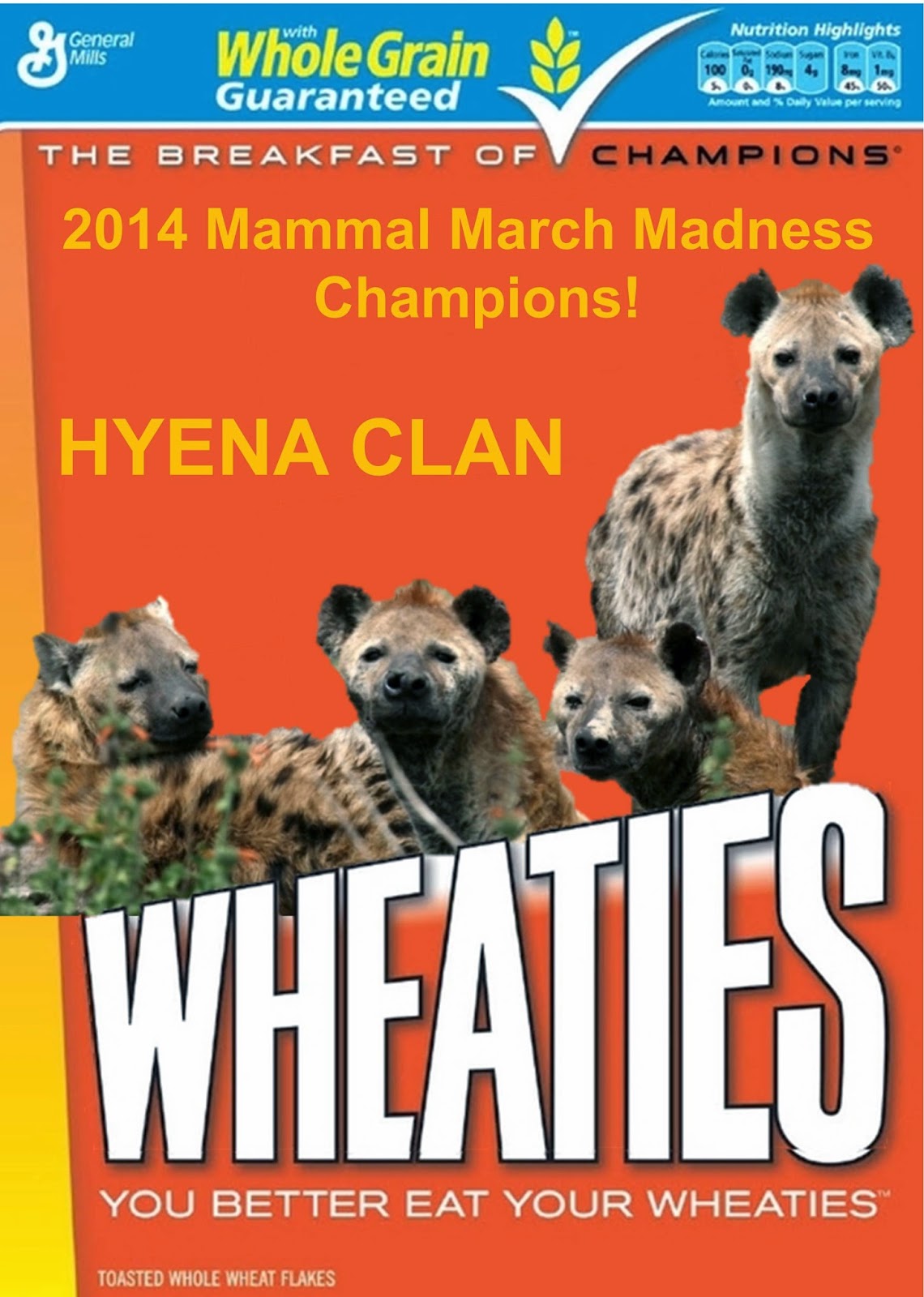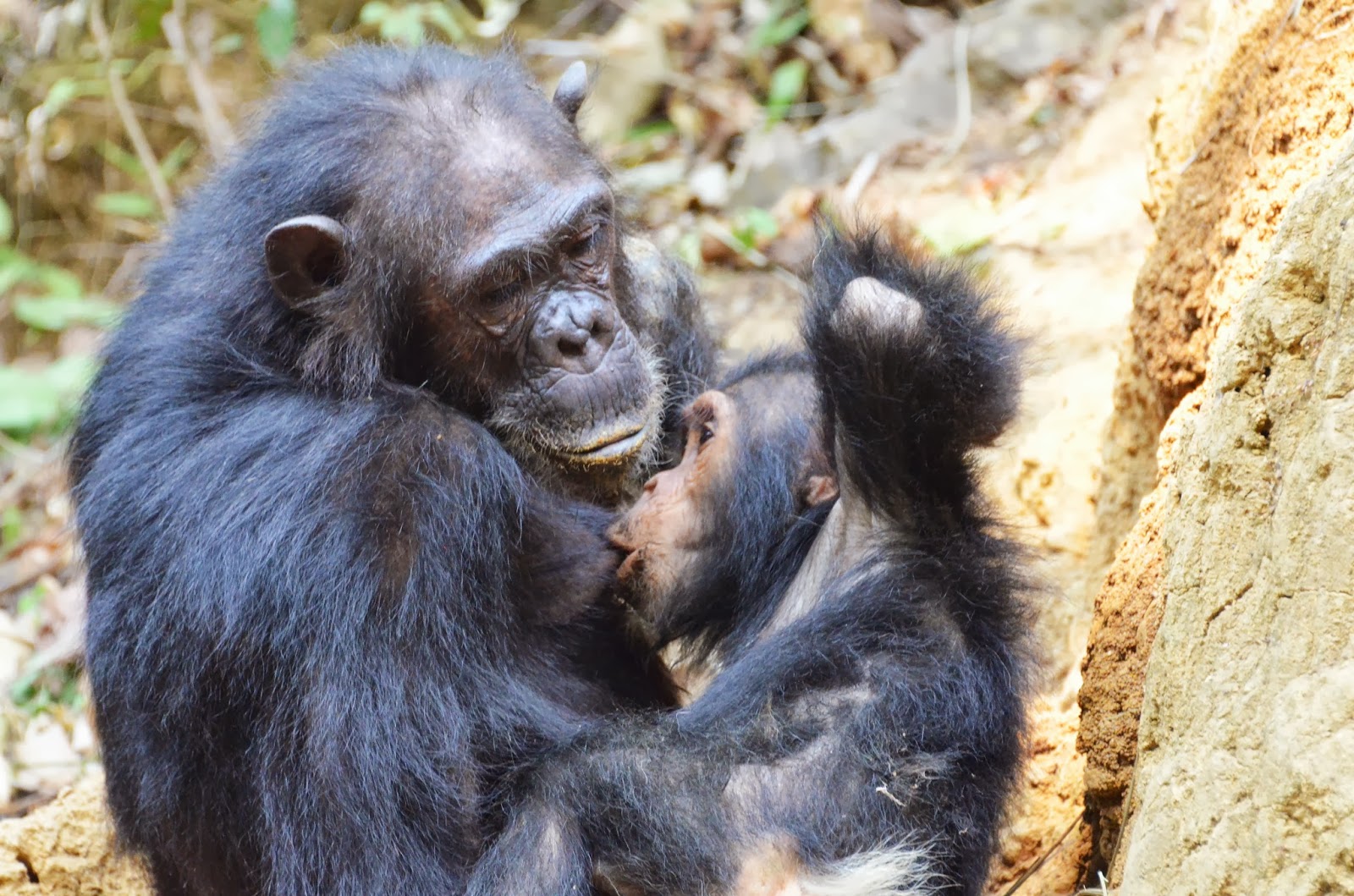Mammal March Madness 2014!

HYENA Clan Defeats Orca!!! FINAL BATTLE PLAY BY PLAY !! Mammal March Madness 2014 has officially ended, join us for Mammal March Madness 2015 with Mighty Mini Mammal and Mythical Mammal Divisions! adapted from art by Tracy A. Heath, Matt Martyniuk, Sarah Werning, via Phylopic! Links to natural history & other research to explain battle outcomes: -WILD CARD MARCH 10 th (battle details) -First Round Social Mammals 8PM Eastern March 11th ( battle details ) Hyena, Musk Oxen, Hamadryas, Mandrill, Ethiopian Wolf, Tibetan Macaque, Wild Dogs, & Army Ants ADVANCE! - First Round Marine Mammals 8PMish (more like 8:30) Eastern March 12th ( battle play by play ) Orca, Sea Lion, Walrus, Humpback Whale, Bowhead Whale, Oceanic White Tip, Dwarf Sperm Whale, and Polar Bear ADVANCE! - First Round The Who in the What Now? Mammals 8PMish Eastern March 13th ( battle play by play ) Dhole, Binturong, Cassowary,...

